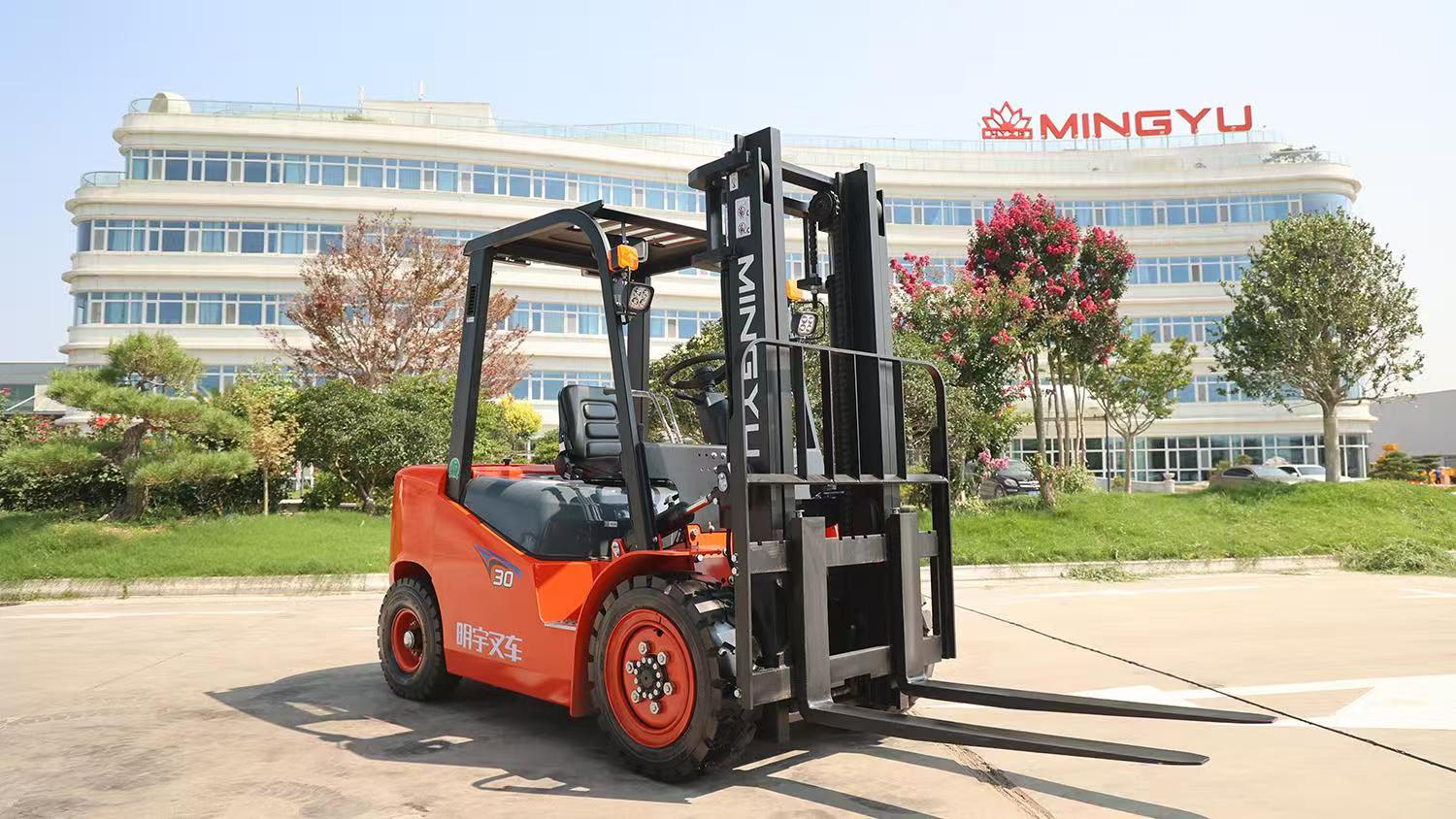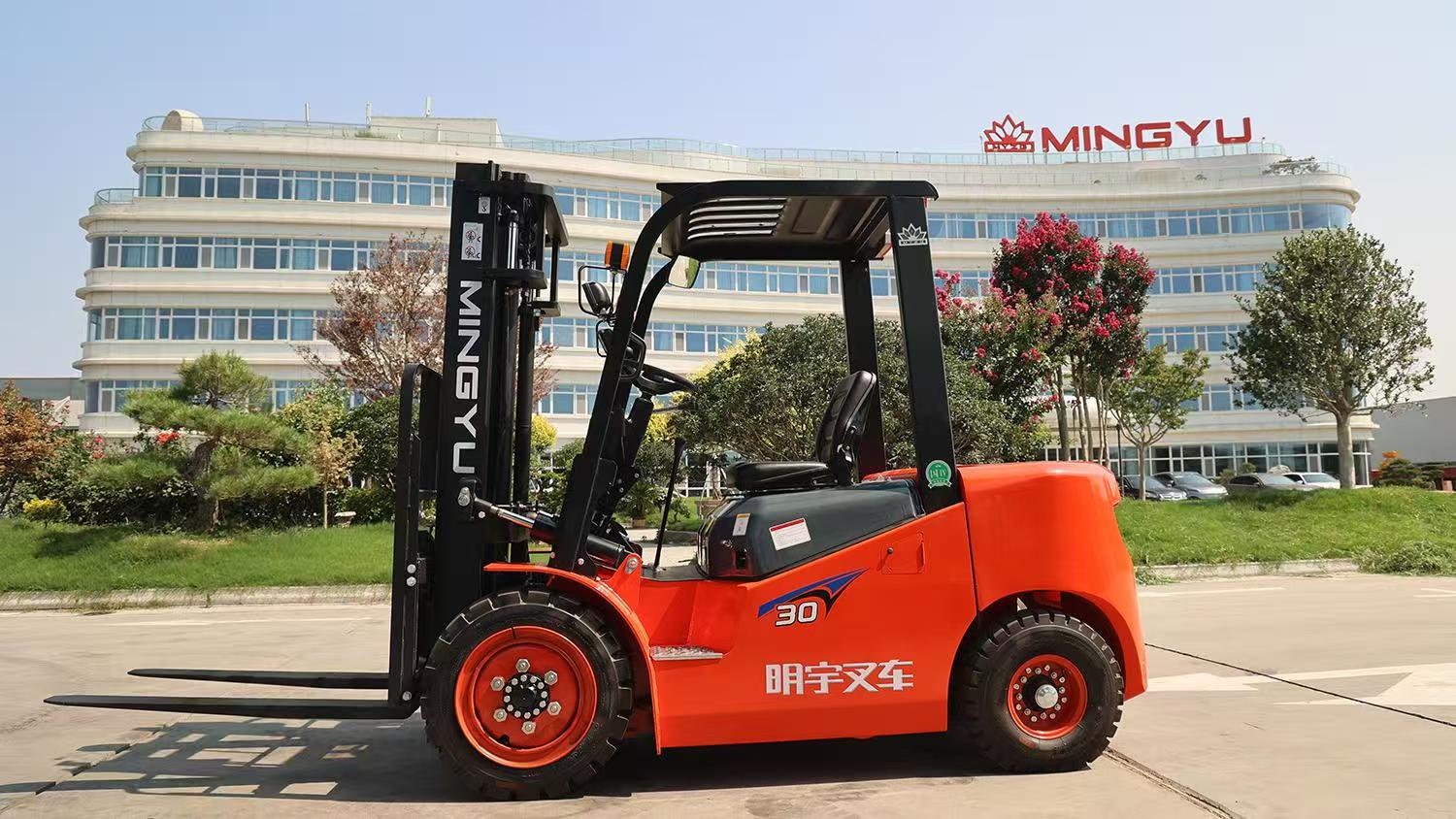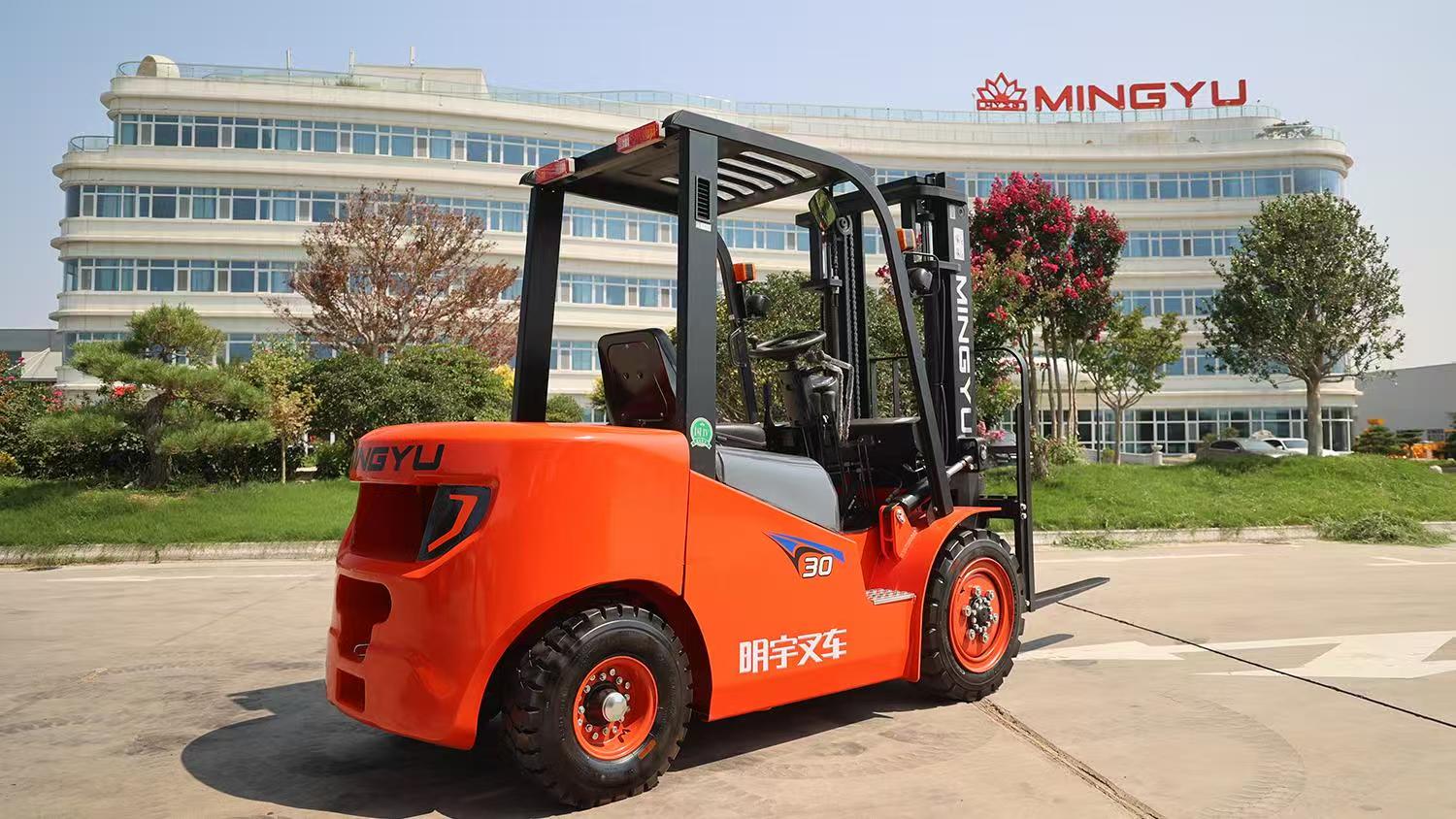OSHA forklift safety rules and regulations
Understanding OSHA Forklift Safety Rules and Regulations The Occupational Safety and Health Administration (OSHA) has established strict guidelines to ensure forklift safety in workplaces, covering everything from operator training to equipment maintenance. These regulations, outlined in OSHA Standard 1910.178, are designed to prevent accidents, injuries, and fatalities in industrial and warehouse settings. MYZG, a leader in forklift manufacturing and safety solutions, emphasizes the importance of compliance with these rules to create a secure working environment. Key OSHA requirements include mandatory operator certification, which ensures that only trained personnel handle forklifts. Training programs must cover topics such as load handling, stability principles, and workplace-specific hazards. Additionally, OSHA mandates daily forklift inspections to check for mechanical issues, such as brake failures or hydraulic leaks, before operation. MYZG forklifts are equipped with advanced safety features, including automatic shutdown systems for overload detection and 360-degree cameras for improved visibility. Employers must also enforce speed limits and designated pathways to prevent collisions in busy work areas. Failure to comply with OSHA regulations can result in hefty fines, legal liabilities, and increased workplace accidents. By integrating OSHA’s guidelines with MYZG’s innovative safety technologies, businesses can significantly reduce risks and enhance operational efficiency.
Essential OSHA Forklift Safety Practices for Employers and Operators To maintain compliance with OSHA forklift safety regulations, employers must implement a robust safety program that includes regular training refreshers, hazard assessments, and proper maintenance schedules. OSHA requires that forklift operators undergo formal instruction (classroom or online training) and practical evaluations before certification. MYZG supports these requirements by offering customized training modules tailored to different forklift models, including electric, LPG, and diesel-powered options. Another critical OSHA rule is the proper use of seat belts and rollover protection systems (ROPS), which are mandatory in all forklifts to prevent ejections during tip-overs. MYZG’s forklifts feature reinforced overhead guards and ergonomic seatbelt designs to maximize operator protection. Employers must also ensure that loading docks and aisleways are clearly marked and free of obstructions to prevent accidents. OSHA’s "no riders" policy strictly prohibits unauthorized personnel from riding on forklifts unless a designated seat is available. For workplaces with hazardous materials, OSHA requires explosion-proof forklifts, such as MYZG’s ATEX-compliant models, designed for chemical and flammable environments. Regular safety audits and incident reporting systems are also essential to identify and mitigate risks proactively. MYZG’s telematics systems provide real-time monitoring of forklift operations, alerting supervisors to unsafe behaviors like abrupt braking or excessive speeding. By combining OSHA’s regulatory framework with MYZG’s safety innovations, companies can foster a culture of workplace safety and compliance.
How MYZG Enhances OSHA Compliance with Advanced Forklift Safety Features MYZG goes beyond basic OSHA requirements by integrating cutting-edge safety technologies into its forklift designs, ensuring maximum protection for operators and bystanders. One of the standout features is the AI-powered collision avoidance system, which uses sensors and cameras to detect obstacles and automatically apply brakes if a potential collision is detected. This aligns with OSHA’s emphasis on pedestrian safety, especially in high-traffic warehouses. MYZG forklifts also feature load stability indicators that warn operators when a load exceeds safe lifting capacities, preventing tip-overs—one of the most common OSHA-reported incidents. Another innovation is the blue safety light projection, which creates a visible perimeter around the forklift to alert nearby workers of its movement. OSHA’s noise exposure limits are addressed through MYZG’s low-emission, quiet-operating engines, reducing workplace noise pollution. For nighttime operations, MYZG offers high-intensity LED work lights and strobe warning systems to enhance visibility and compliance with OSHA’s lighting and signaling standards. Additionally, MYZG’s predictive maintenance alerts help companies adhere to OSHA’s equipment inspection mandates by notifying managers of potential mechanical issues before they become hazards. MYZG also provides OSHA-compliant training kits, including VR simulators for hazard recognition and emergency response drills. By leveraging MYZG’s safety-focused forklifts and training solutions, businesses can not only meet OSHA standards but also reduce downtime, lower insurance costs, and improve overall productivity.
Post time:Aug.07.2025



